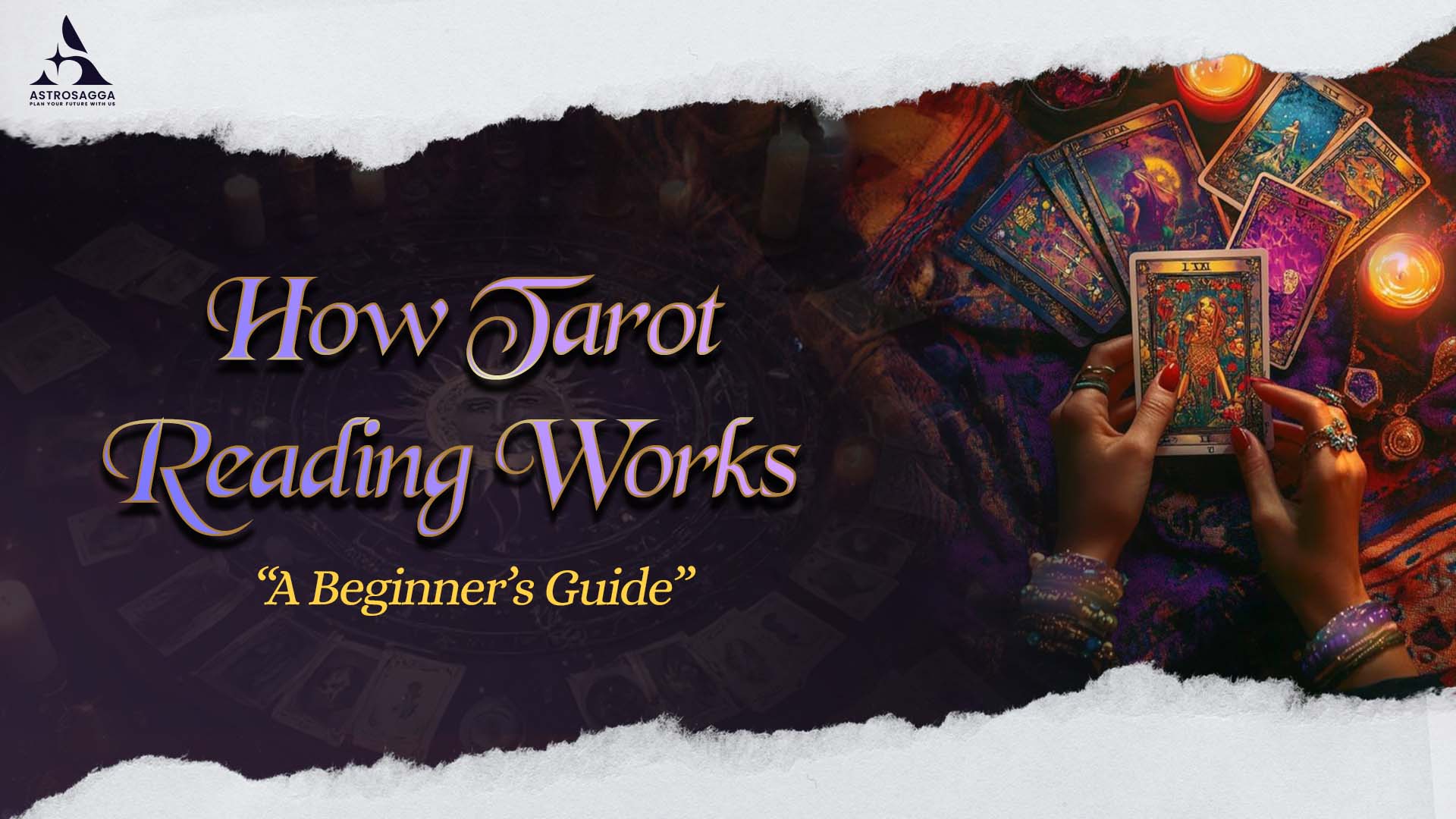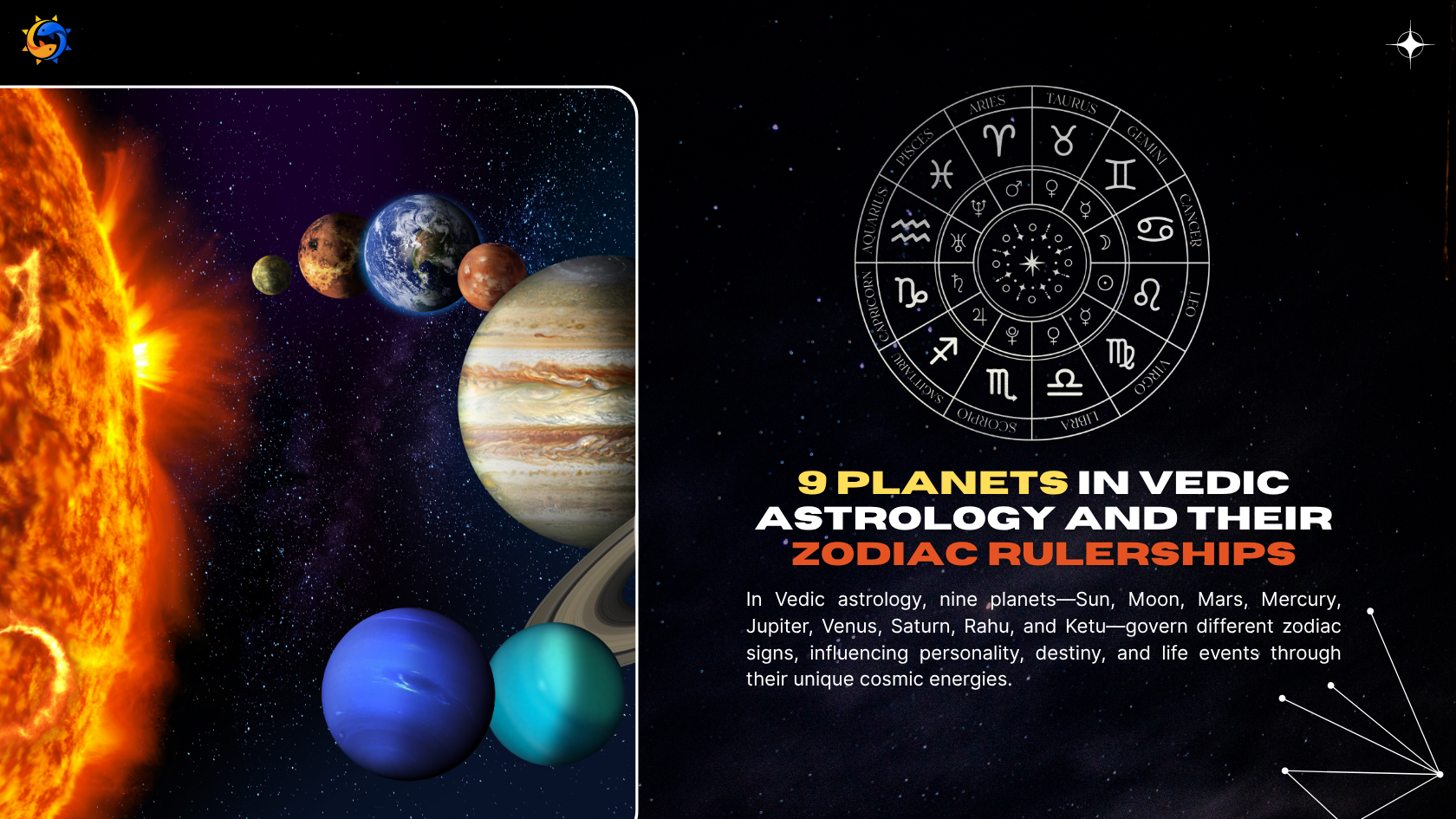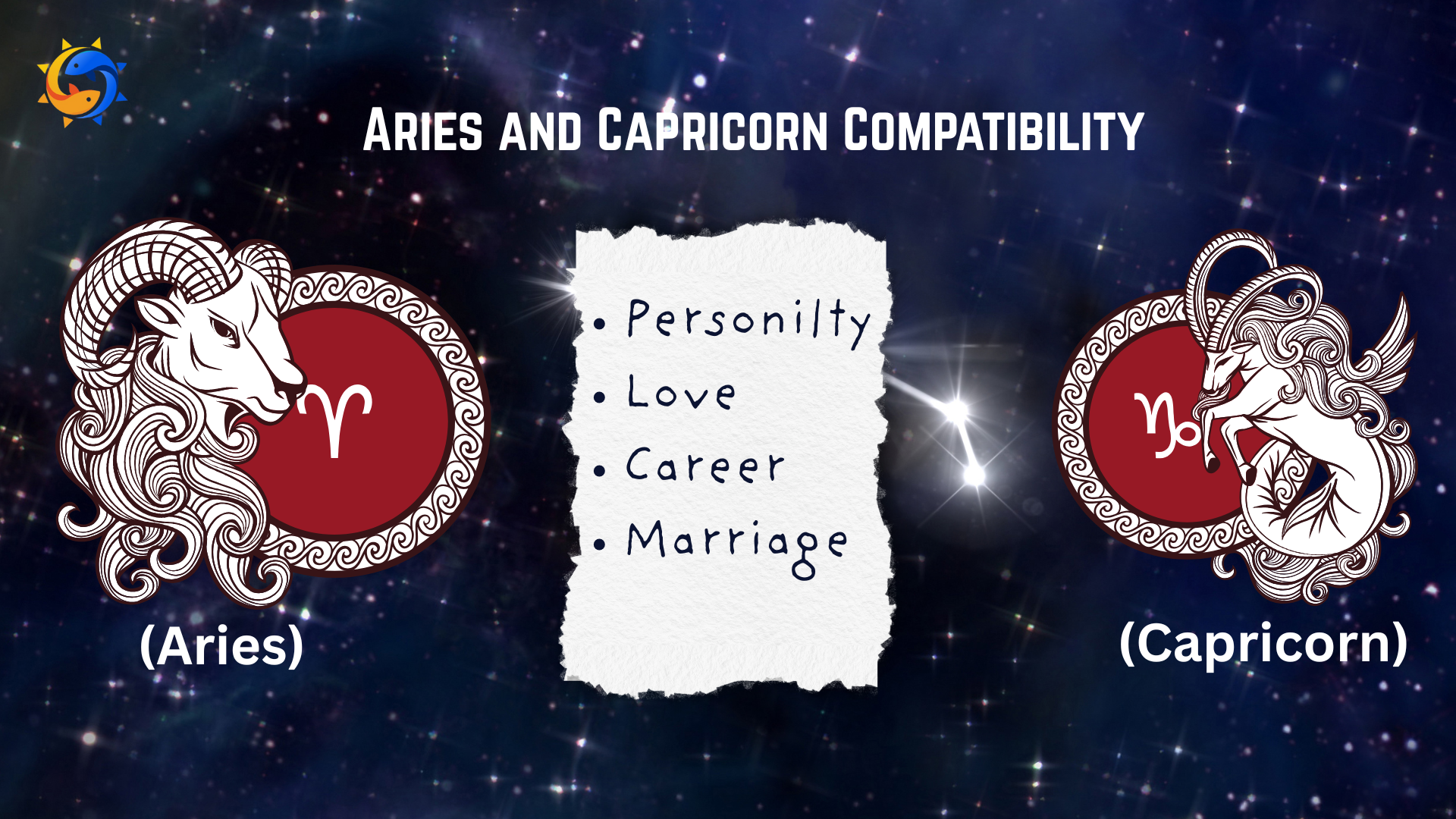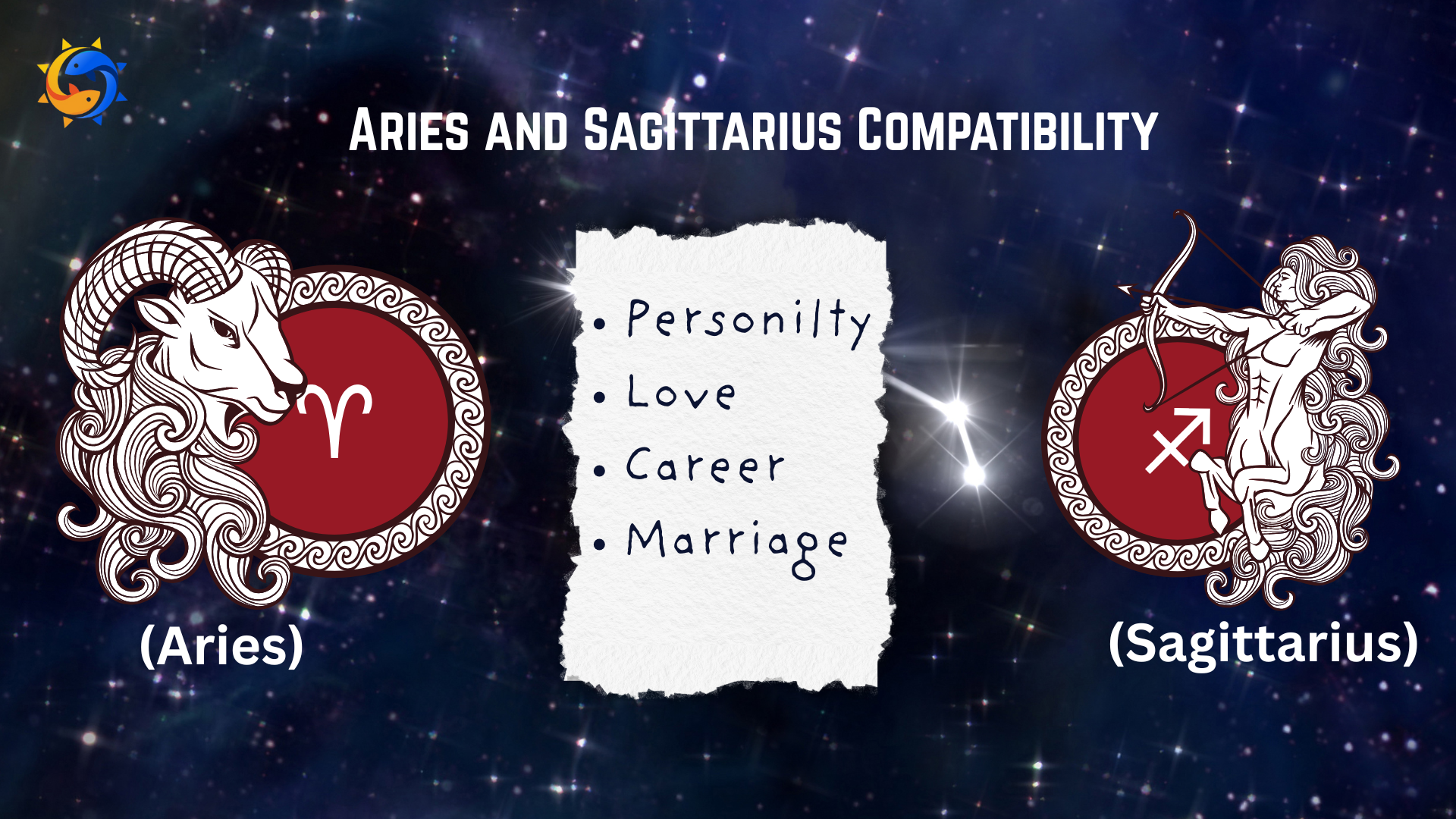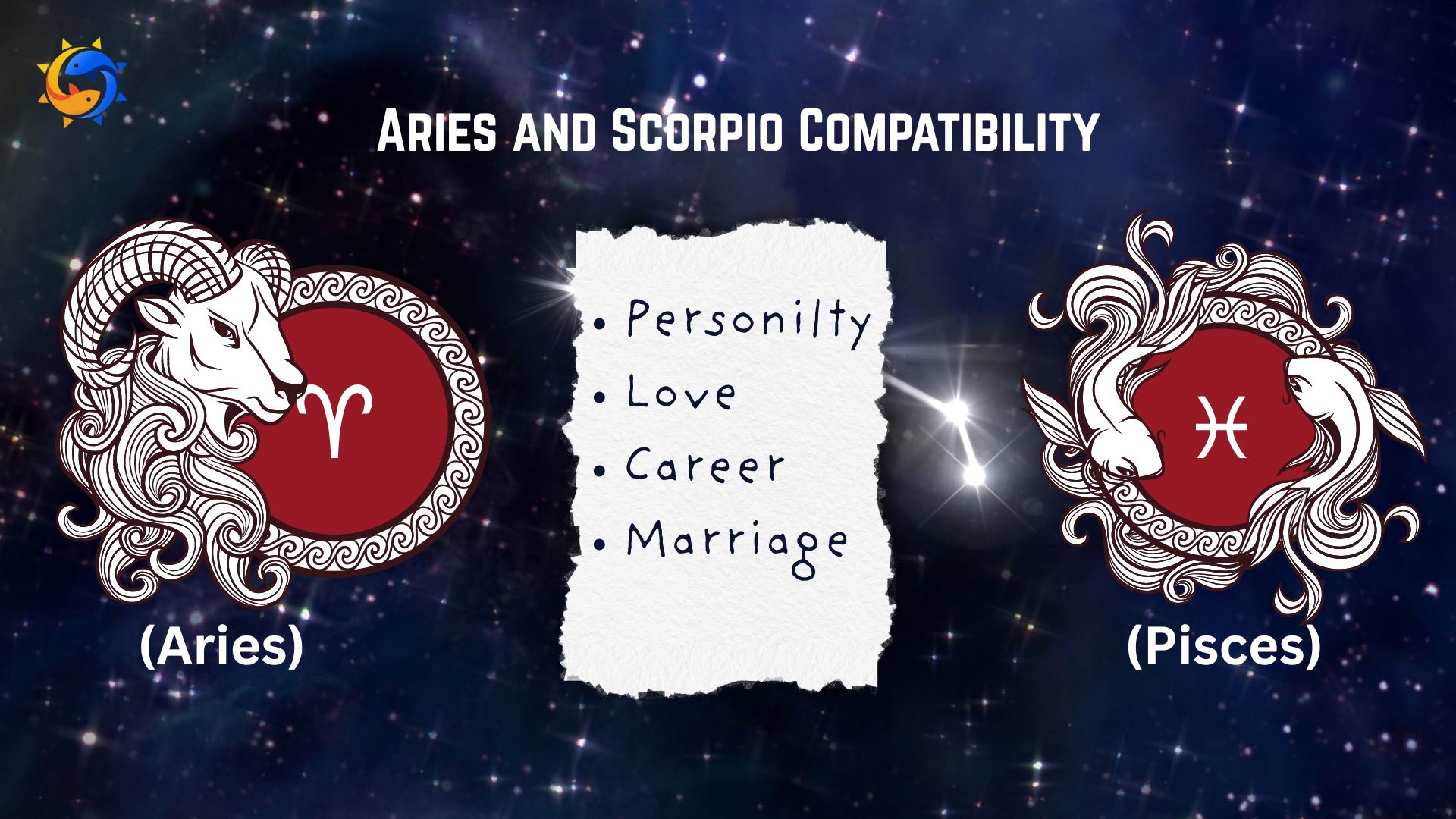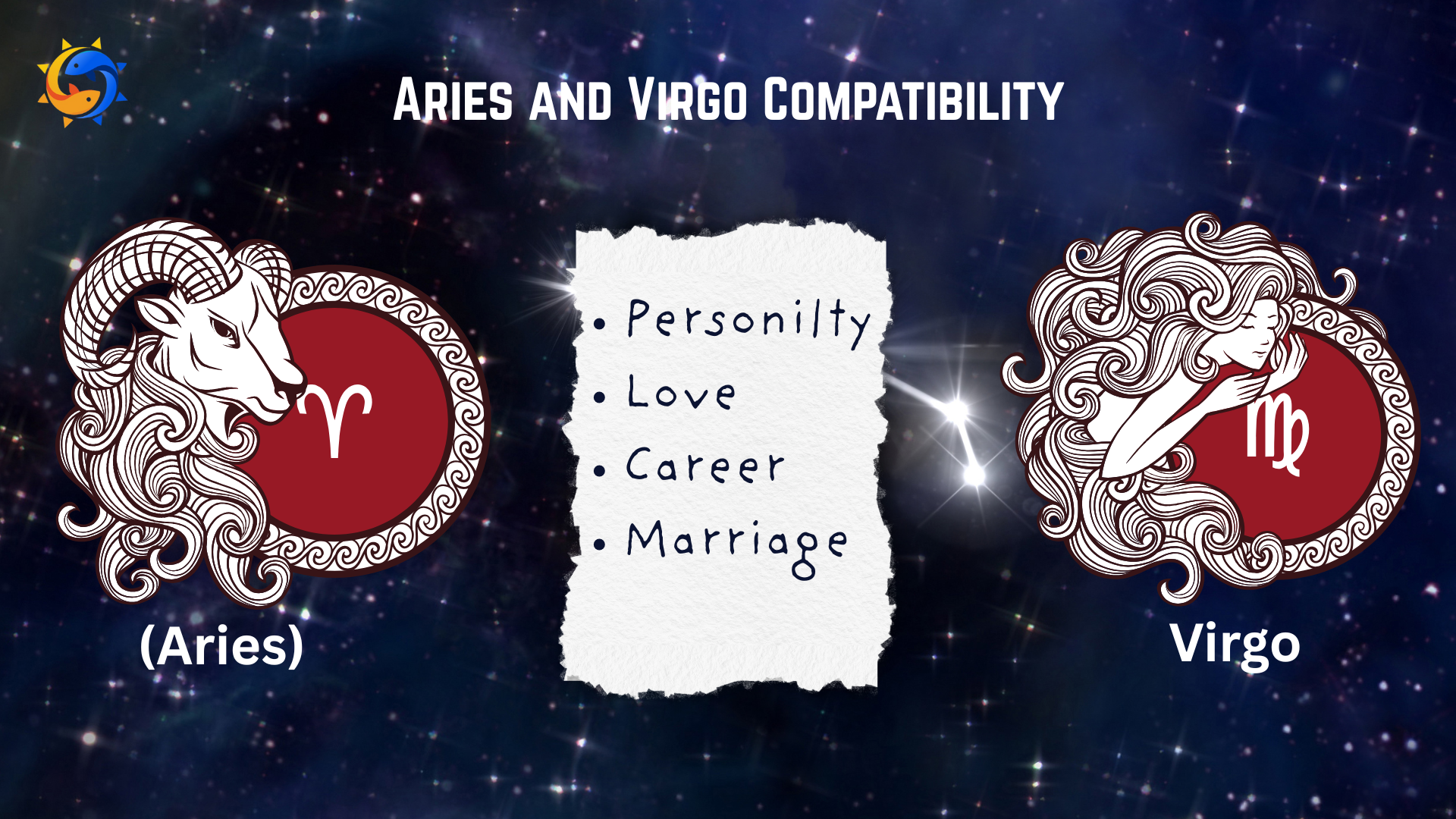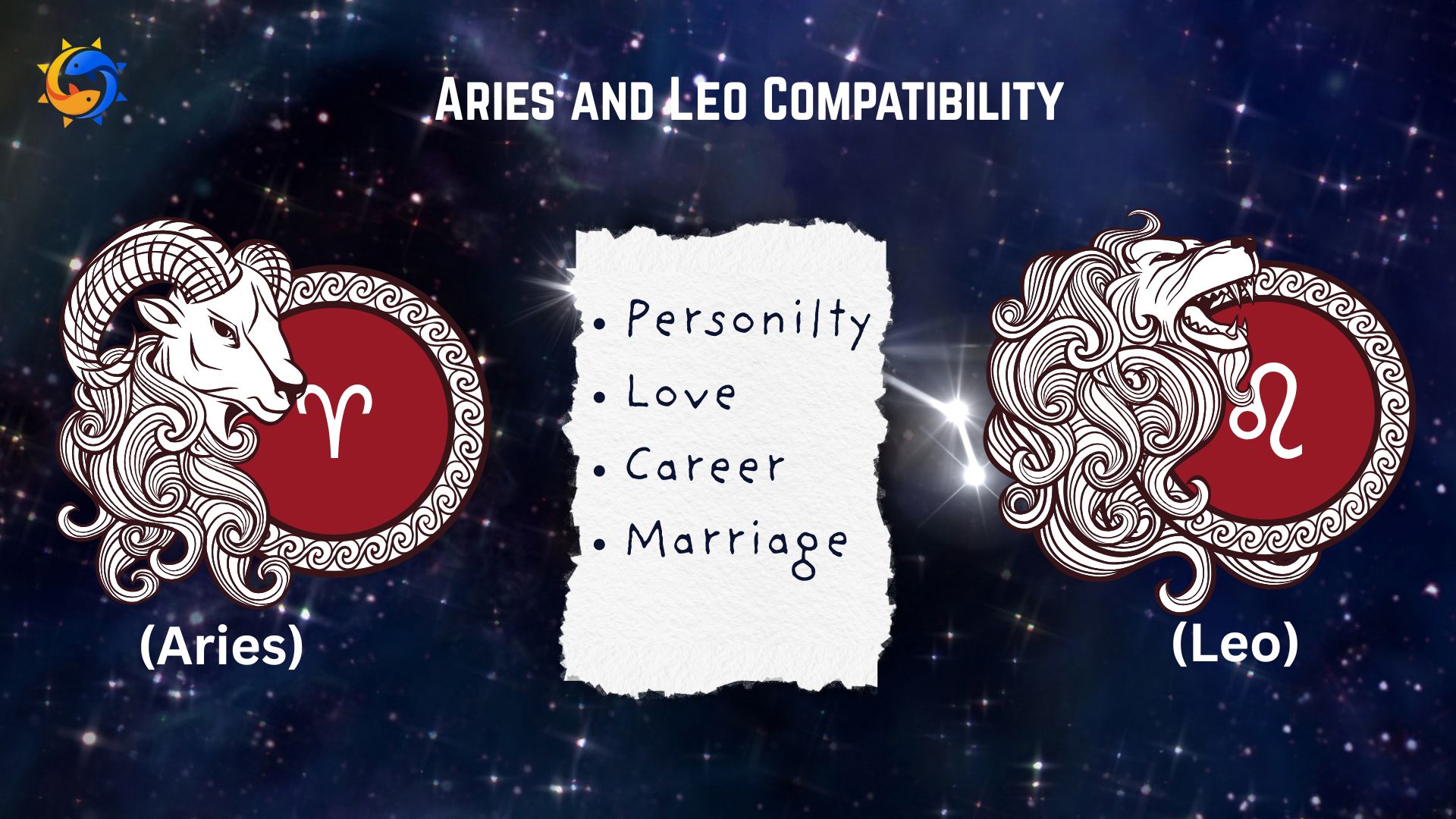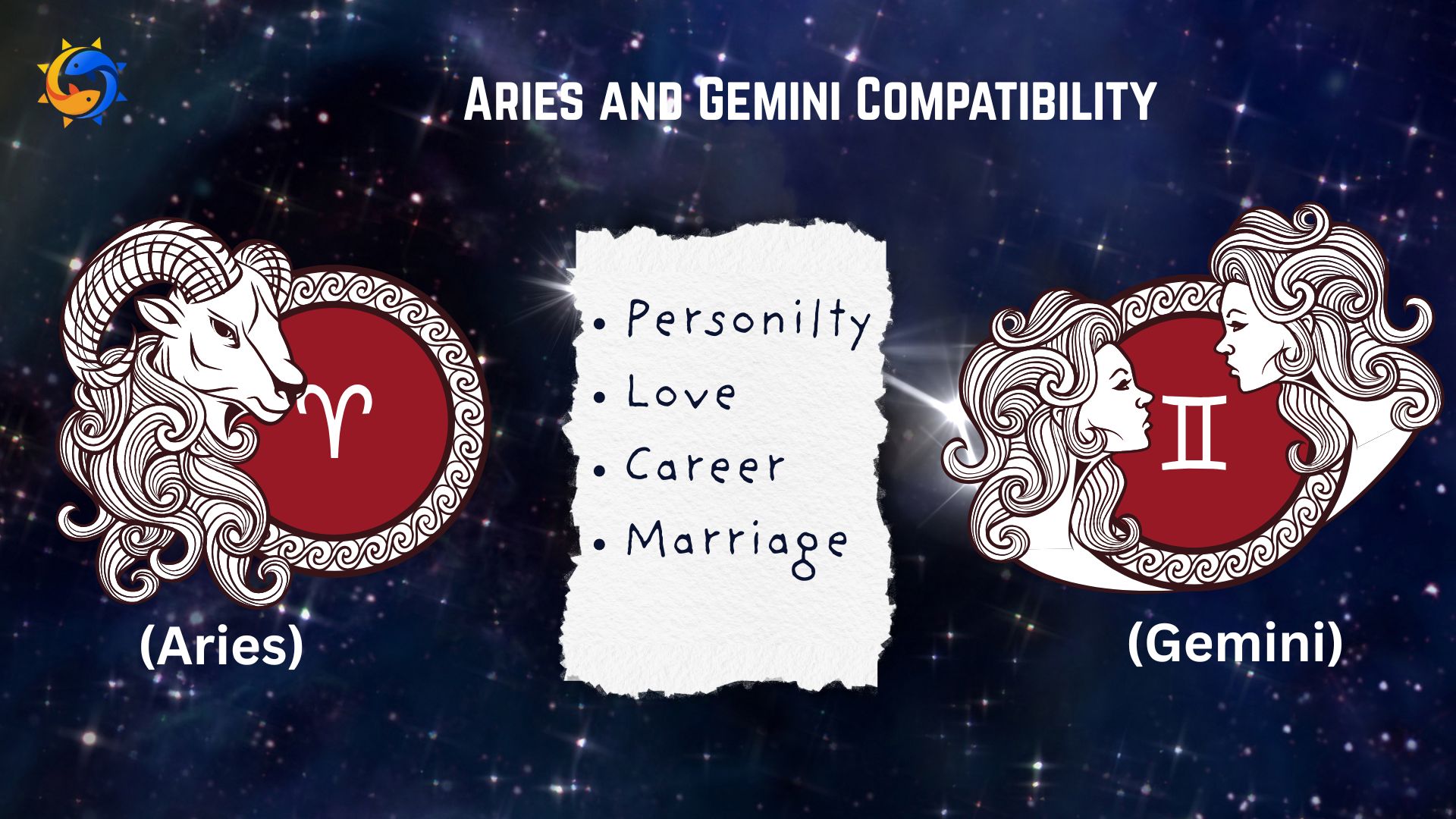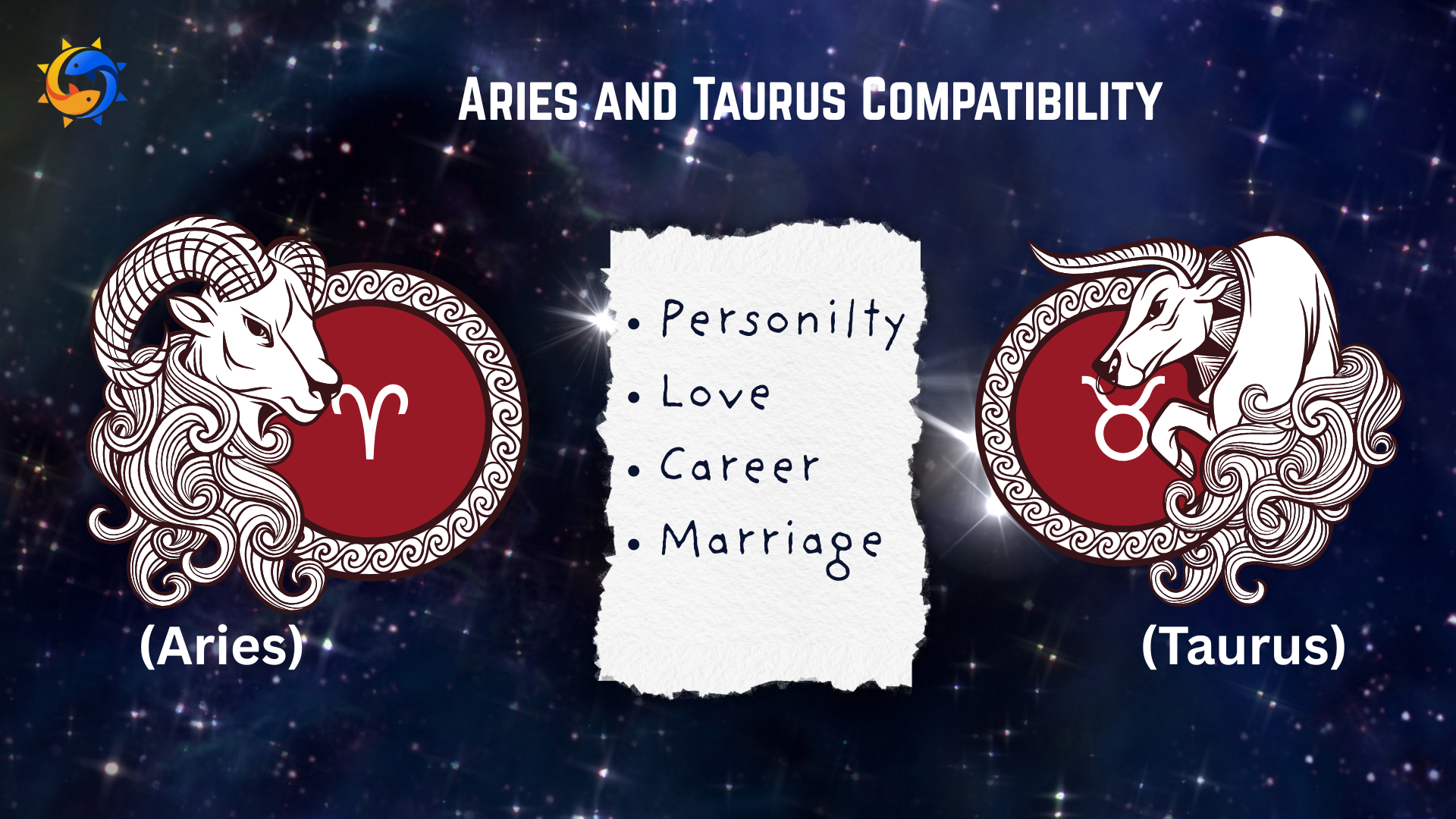Have you ever been curious about tarot cards? Maybe you’ve seen someone shuffling colorful cards with mysterious symbols and wondered how they seem to reveal so much about someone’s life. Tarot reading isn’t about magic tricks or predicting the future in a dramatic way. Instead, it’s a spiritual and psychological tool that helps people understand their present, reflect on their feelings, and make better life decisions. Let’s explore how tarot reading works, especially for those who are new to it.
What is Tarot Reading?
Tarot reading is a form of divination where a reader uses a deck of 78 cards to give insights about a person’s life. These insights are not based on fixed predictions but on the patterns, emotions, and energy around a person. A tarot reading can guide you through questions related to love, career, family, health, or spiritual growth.
Tarot reading is not about changing your fate. It’s about understanding your journey, gaining clarity, and taking control of your decisions.
Read Also - How to Choose a Baby Name with Numerology
Understanding the Tarot Deck
A traditional tarot deck has 78 cards, divided into two main sections:
1. Major Arcana (22 cards)
These are the powerful cards that represent big life events or lessons. They deal with deep spiritual themes and turning points in one’s life. Some examples include:
The Fool – new beginnings, innocence
The Magician – power, action
The Tower – sudden changes
The World – completion, success
Each Major Arcana card carries strong symbolic meaning and often shows up during life transitions.
2. Minor Arcana (56 cards)
These cards reflect daily events and situations. They’re divided into four suits, similar to playing cards:
Cups – emotions, relationships, love
Pentacles – money, work, home
Swords – thoughts, decisions, challenges
Wands – action, passion, creativity
Each suit has 14 cards: ten numbered cards (Ace to 10) and four court cards (Page, Knight, Queen, King).
How Does Tarot Reading Actually Work?
1. Setting the Intention
Before starting a tarot reading, both the reader and the person receiving the reading (called the seeker or querent) focus on a question or area of life they want clarity on. This could be a general question like, “What should I know right now?” or a specific one like, “Should I take the new job offer?”
Setting a clear intention helps guide the reading in the right direction.
2. Shuffling and Drawing the Cards
The tarot reader (or sometimes the seeker) shuffles the cards while thinking about the question. Once they feel ready, they draw a few cards and lay them out in a specific pattern, called a spread.
The most common spread is the Three-Card Spread:
Card 1: Past – What led to the current situation
Card 2: Present – What is happening now
Card 3: Future – What’s likely to happen next
More advanced readers may use spreads with 5, 7, or even 10 cards like the Celtic Cross.
3. Interpreting the Cards
This is where the magic of understanding begins. Each card has a basic meaning, but its message changes depending on:
The card’s position in the spread
Whether it appears upright or reversed
The question being asked
The energy and emotions felt during the reading
For example, The Lovers card can mean a romantic connection, but it can also represent a big decision that requires choosing with the heart. The interpretation depends on the context.
A good reader doesn’t just read meanings from a book. They connect the symbols, colors, numbers, and the seeker’s energy to offer a deeper and personalized message.
Is Tarot Reading Psychic?
Not necessarily. While some tarot readers have psychic abilities or intuitive gifts, tarot reading can also be practiced by anyone with a good understanding of the cards and the ability to listen and empathize.
Tarot is more about intuition, awareness, and connection than predicting exact future events. It often works like a mirror – helping people see their own thoughts, fears, and desires more clearly.
Can Tarot Predict the Future?
This is a common question. The short answer is: Tarot doesn’t predict a fixed future. Instead, it shows you potential outcomes based on your current actions and mindset. Think of it like a GPS – it shows you the possible paths ahead, but you are the one steering the vehicle.
So, if the cards show a challenge coming, it’s not to scare you. It’s to prepare you. If they show success, it encourages you to keep going.
What Questions Can You Ask in a Tarot Reading?
Here are some good types of questions to ask:
What should I focus on right now?
What is blocking me from success?
How can I improve my relationship?
What lesson should I learn from this situation?
What’s the best way forward in my career?
Try to avoid “yes or no” questions. Open-ended questions lead to more meaningful and helpful answers.
Who Can Get a Tarot Reading?
Anyone! You don’t need to believe in the occult or be deeply spiritual. People from all walks of life use tarot as a tool for reflection, self-care, and decision-making.
Whether you’re feeling confused, stuck, or just curious, tarot can offer guidance in a simple, honest, and symbolic way.
How to Start Learning Tarot?
If you feel drawn to tarot, here’s how you can begin:
Buy a tarot deck – A beginner-friendly deck like the Rider-Waite is a great choice.
Study the meanings – Start with the Major Arcana and learn the story they tell.
Practice simple spreads – Begin with one-card or three-card readings for yourself.
Keep a tarot journal – Write down your interpretations and how they relate to your life.
Trust your intuition – Don’t rely only on guidebooks. What do the cards make you feel?
There are also many online courses, books, and communities where beginners can learn and grow.
Common Myths About Tarot Reading
Let’s clear up a few common misunderstandings:
Myth 1: Tarot is evil or linked to black magic.
Truth: Tarot is a spiritual tool, not a dark practice. It’s about guidance, not harm.
Myth 2: You must be gifted the cards.
Truth: You can buy your own deck and connect with it through regular practice.
Myth 3: If you get a bad card, something bad will happen.
Truth: No card is "bad." Even challenging cards bring lessons and guidance.
Final Thoughts
Tarot reading is not about fortune-telling—it’s about awareness, reflection, and personal growth. It helps you ask better questions about your life, face your fears with more courage, and find answers that were already within you.
Whether you’re new to it or just exploring, tarot can be a beautiful way to connect with yourself. All you need is curiosity, an open heart, and a willingness to listen to the whispers of your soul through the cards.
Need guidance in love, career, or life decisions?
Talk to a certified tarot reader today and uncover what the cards hold for you!
Book your consultation now with AstroSagga.


